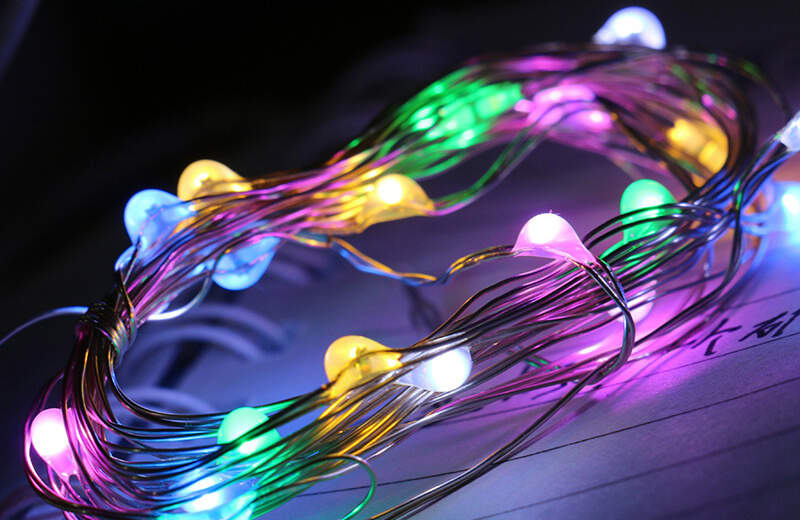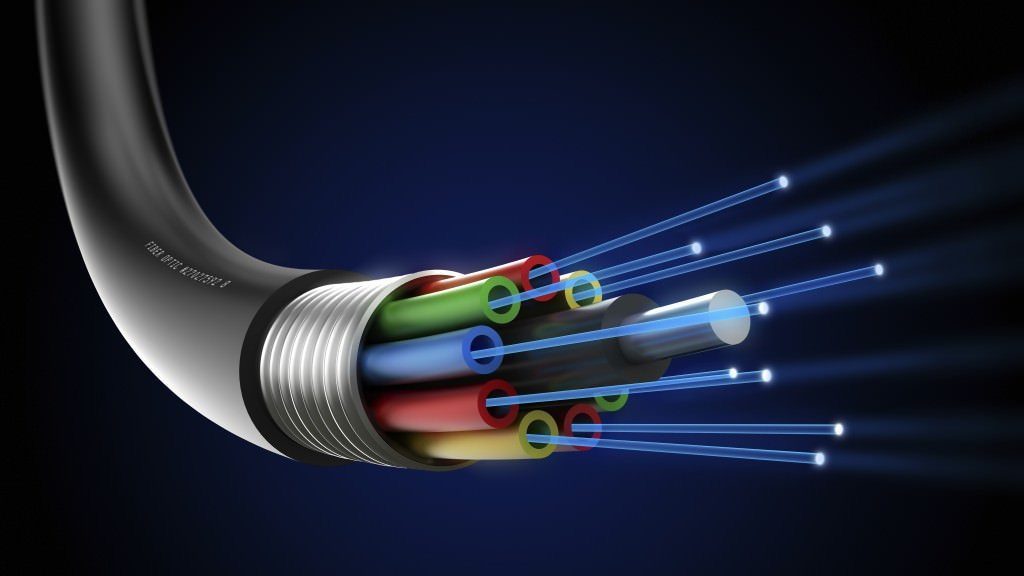Introduction
Lighting is more than just illumination—it’s a crucial element that defines the ambiance of a space, influences mood, and enhances aesthetics. Whether you’re designing an elegant home interior, a commercial space, or an outdoor setting, choosing the right lighting technology is essential. Among the many options available, fiber optic lighting and LED strand lights stand out as two innovative solutions. But which one is better suited for your needs?
In this article, we’ll take a deep dive into fiber optic lighting and LED strand lights, analyzing their features, advantages, disadvantages, and real-world applications. By the end, you’ll have a clear understanding of which lighting technology is the best fit for your project.
Fiber Optic Lighting: A Modern Marvel
What is Fiber Optic Lighting and How Does it Work?
Fiber optic lighting utilizes thin, flexible strands of optical fibers to transmit light from a remote illuminator to various points within a space. Unlike traditional lighting solutions, the actual light source is located in a centralized unit, and the fibers merely transport the light to the desired location. This unique design allows for unparalleled versatility and safety, as no heat or electricity is present at the light-emitting end.
The Advantages of Fiber Optic Lighting
1. Exceptional Energy Efficiency
Fiber optic systems rely on a single illuminator to power multiple fibers, drastically reducing electricity consumption. This makes them an excellent choice for eco-conscious homeowners and businesses looking to cut down on energy costs.
2. Unmatched Durability and Safety
Because fiber optic strands do not contain electrical components, they are resistant to environmental damage, moisture, and fire hazards. This makes them ideal for applications in pools, spas, museums, and historic buildings where safety is a concern.
3. Aesthetic Flexibility and Customization
From twinkling star ceilings to breathtaking water features, fiber optic lighting allows for intricate designs that traditional bulbs simply cannot achieve. With the right configuration, it can transform any space into a visually stunning masterpiece.
The Disadvantages of Fiber Optic Lighting
1. Higher Initial Installation Costs
While fiber optic lighting offers long-term savings, the upfront costs can be a hurdle. The need for specialized materials, illuminators, and professional installation makes it a more expensive option compared to LED strand lights.
2. Limited Color Options
Unlike LEDs, which can produce an extensive range of colors through RGB technology, fiber optic systems depend on color filters. This makes them less versatile for dynamic lighting applications requiring rapid color changes.
3. Maintenance of the Light Source
Although fiber optic cables last for decades, the illuminator itself may require occasional maintenance or bulb replacements, adding to long-term upkeep.
LED Strand Lights: Versatile and Budget-Friendly
What Are LED Strand Lights and How Do They Work?
LED strand lights consist of a series of small, energy-efficient light-emitting diodes (LEDs) connected along a flexible wire or cable. Each LED acts as an independent light source, offering an array of colors and brightness levels. These lights are commonly used for decorative purposes, both indoors and outdoors

The Advantages of LED Strand Lights
1. Superior Energy Efficiency
LED strand lights consume significantly less power than traditional incandescent or halogen bulbs, making them one of the most cost-effective lighting options available.
2. Vibrant Color Options and Dynamic Effects
With RGB LED technology, these lights can produce millions of colors, enabling dynamic lighting effects such as color cycling, dimming, and programmable sequences.
3. Affordable and Easy to Install
LED strand lights are widely available, affordable, and user-friendly. They can be installed quickly without the need for professional assistance, making them a popular choice for DIY enthusiasts.
The Disadvantages of LED Strand Lights
1. Limited Design Customization
Unlike fiber optics, which can create intricate lighting designs, LED strand lights are more limited in terms of aesthetic possibilities. They are best suited for linear applications, such as outlining walkways, patios, or ceilings.
2. Shorter Lifespan Compared to Fiber Optic Systems
Although LEDs have a long lifespan, they do degrade over time, especially when exposed to extreme weather conditions. This means frequent replacements may be required in outdoor settings.
3. Potential Heat Emission and Safety Concerns
High-powered LEDs can generate heat, posing a minor safety risk when placed near flammable materials. Additionally, some cheaper LED strand lights may contain low-quality wiring, leading to electrical hazards.
Fiber Optic vs LED Strand Lights: Head-to-Head Comparison
1. Brightness and Light Quality
LED strand lights provide direct illumination and are generally brighter than fiber optic lighting. However, fiber-optic lighting offers a more elegant, diffused glow that enhances ambiance rather than providing functional illumination.
2. Energy Efficiency
Both fiber optic and LED strand lights are energy-efficient, but fiber optic systems may have an advantage when used for accent lighting, as one illuminator powers multiple points.
3. Customization and Aesthetics
Fiber optic lighting wins in the customization department, allowing for stunning visual effects that LED strands cannot replicate. However, LED strand lights offer vibrant colors and dynamic lighting effects.
4. Lifespan and Maintenance
Fiber optic cables last indefinitely, with only the illuminator requiring maintenance. LED strand lights, while long-lasting, will eventually degrade and require replacements.
Frequently Asked Questions (FAQs)
1. Which Lighting Option is Best for Outdoor Use?
Both are suitable for outdoor applications, but fiber optic lighting excels in environments with high moisture or extreme weather due to its durability and safety.
2. Are Fiber Optic Lights Easier to Install Than LED Strand Lights?
No. Fiber-optic lighting requires specialized installation, while LED strand lights are generally plug-and-play.
3. Are There Safety Concerns with LED Strand Lights?
Yes. Poor-quality LED strands may overheat or present fire hazards, whereas fiber optic lights are completely safe since they do not carry electrical currents to the light-emitting ends.
4. How Do Their Lifespans Compare?
Fiber optic cables can last indefinitely, while LED strand lights have a limited lifespan of 25,000 to 50,000 hours, depending on quality and conditions.
Conclusion: Which One Should You Choose?
The decision between fiber optic lighting and LED strand lights depends on your specific needs. If you’re looking for intricate, high-end lighting with superior safety and durability, fiber optics are the way to go. However, if you need an affordable, colorful, and easy-to-install lighting solution, LED strand lights are a great choice.
Ultimately, both options have their place in modern lighting design, and the best choice depends on your budget, aesthetic goals, and functional requirements. Whether you’re creating a dazzling star ceiling or setting up a festive backyard display, choosing the right lighting technology will ensure a stunning and lasting impact.

